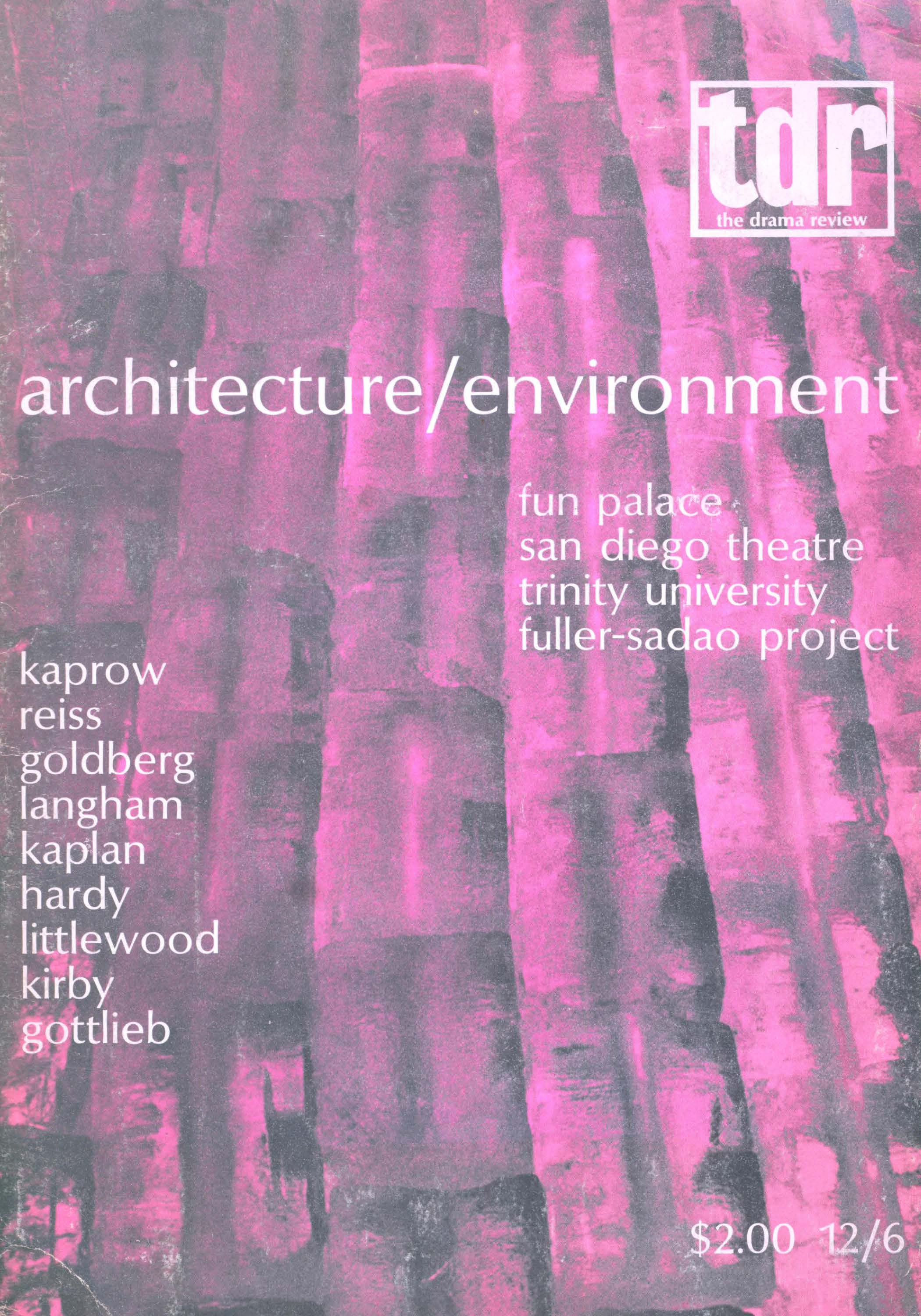Article contents
Eisenstein's Wiseman
Published online by Cambridge University Press: 07 December 2021
Extract
Throughout the first decade of its existence, Soviet theatre sought inspiration and new directions in the popular arts. In the period after the Revolution, the most innovative Russian directors and writers, by turning to the clowning and novelty acts of circus and music hall attempted a complete break with the traditions of bourgeois drama—its plotting, psychology, and domestic themes—in order to create a vital new political and propagandistic theatre with, they hoped, broad appeal to the masses.
The painter Yuri Annenkov, in his version of Tolstoy's The First Distiller at the Hermitage Theatre, Petrograd, in 1919, added clowns and variety acts, made hell into a circus, and turned the devils into acrobats. Vladimir Mayakovsky collaborated with the professional clown Vitaly Lazarenko in staging his circus scenario The Championship of the Universal Class Struggle (See T-57) at the Second State Circus in Moscow.
- Type
- Popular Entertainments and The Avant-Garde
- Information
- Copyright
- Copyright © 1974 The Drama Review
References
The following Russian sources have been consulted for this article: The Collected Works of Sergei Eisenstein edited by S.I. Yutkevich, Vol. II (Moscow, 1964); History of the Soviet Theatre, Vol. II, edited by K.L. Rudnitsky (Moscow, 1966); and A. Fevralsky, “S.M. Eisenstein in the Theatre,” Problems of the Theatre: 1967, edited by V.V. Frolov (Moscow, 1968).
- 2
- Cited by


